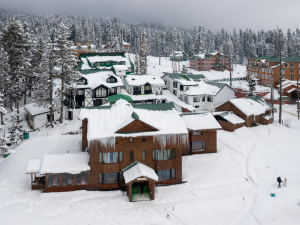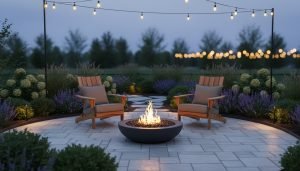Get the week's most popular posts delivered to your inbox.
Our weekly update is free yet priceless and you're less than a minute away from getting the current edition.
In the unlikely event we disappoint, you can unsubscribe with a single click!
Last Updated on October 30, 2025 by teamobn
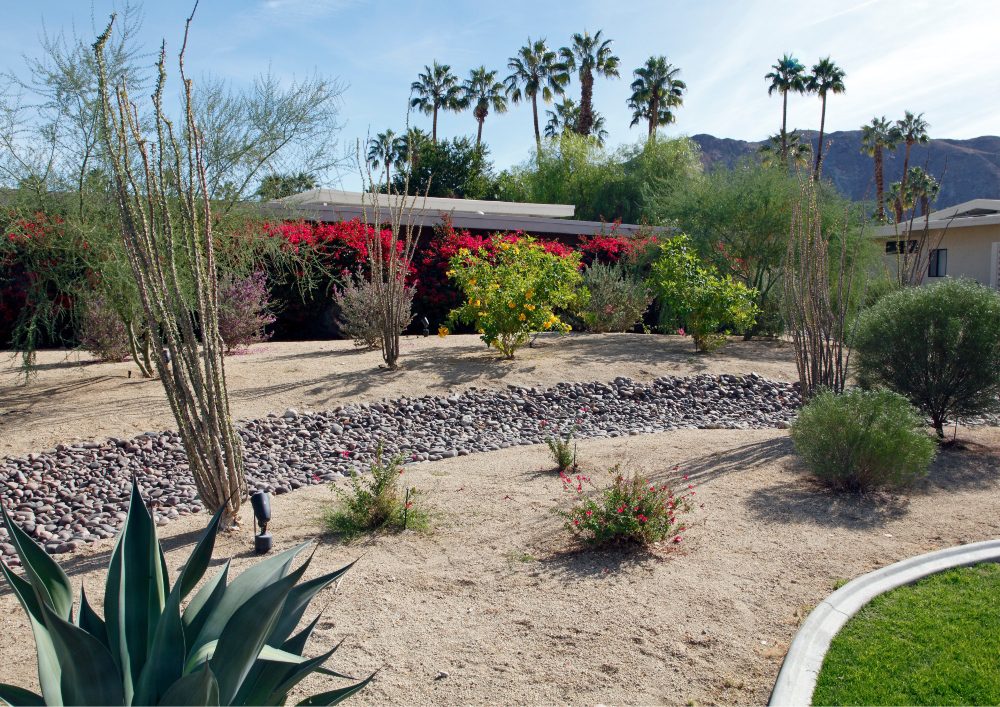
Xeriscaping shows you do not need to spend a fortune on your water bill when you want a thriving garden in your outdoor space. Despite how a ‘low water garden’ may sound, xeriscaped landscapes are full of colorful and aromatic plants.
Creating your low-water garden is not as difficult as you may imagine. Below is Team OBN’s guide to xeriscaping.
Contents
What is Xeriscaping
Xeriscaping 101
Xeriscaping is not just a trendy word; it’s a smarter way to garden. Imagine a landscape lush with plants, but you don’t have to water it much. The concept came from Denver, Colorado, to solve the drought problem. Xeriscaping uses drought-tolerant plants that thrive without constant watering.
Even in states where drought is not a problem, homeowners still choose to do xeriscaping since this type of gardening differs from traditional ones. Imagine a miniature desert garden in a neighborhood of green parks. Wouldn’t your eyes be drawn to the house doing xeriscaping?
Benefits of Xeriscaping
Water Conservation
One of the big wins with xeriscaping is water conservation. Gardening is an expensive hobby since water can run you a premium in most states. With xeriscaping, you’re saving a few gallons and making a lasting impact. You cut back on your water bills thanks to plants that are not always thirsty.
Another reason why water conservation is a major advantage is bypassing restrictions set by US states. There are territories where homeowners cannot grow plants due to droughts, such as Texas and California. Thanks to xeriscaping, you can create a luscious garden in strict states.
Unique Garden
Let’s face it: a xeriscape garden is a talking point. People will notice when your garden looks lush but has plants they’ve never seen before. You’re not just gardening; you’re making a statement. The colorful desert plants in your yard will stand out in a sea of daisies, tulips, and ivies.
Increase Property Value
It’s not just about beauty; it’s about investment. A well-designed xeriscape garden can increase your property value. Future buyers will see it as a plus. A garden that looks good and saves money? That’s a selling point that can make your home more appealing.
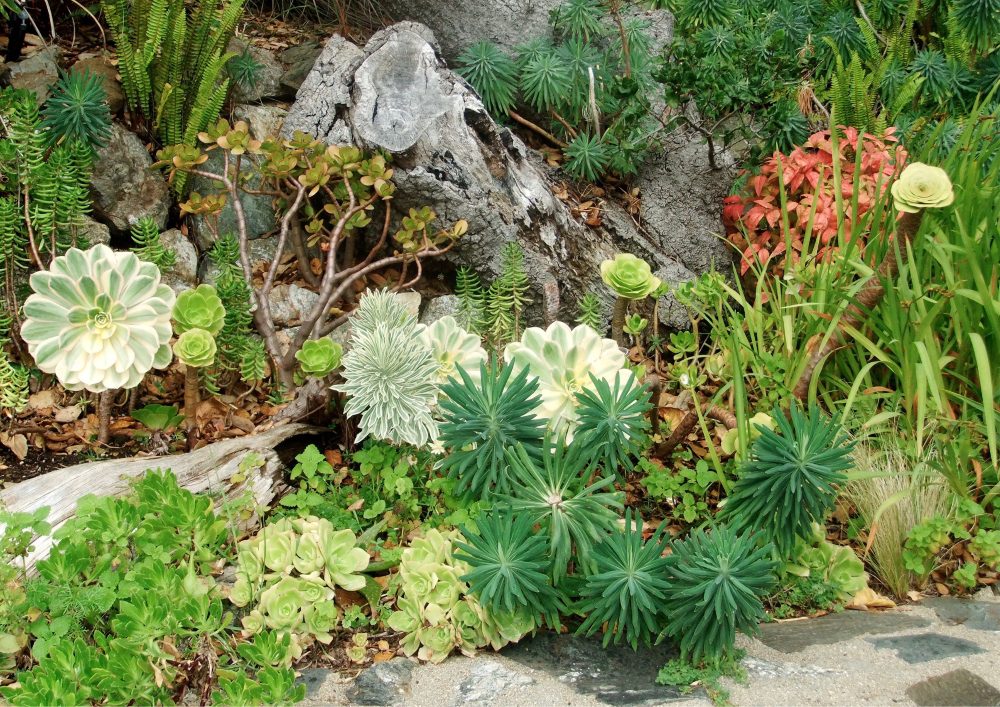
Obtain Government Rebates
Have you ever heard of the Cash For Grass program? Some governments will pay you to replace your water-hungry lawn with drought-tolerant plants. You can get money back while doing something good for the planet.
Visit your state’s official website to see if they offer rebates for growing a drought-tolerant landscape. In Sacrament Country, for example, they are offering $1.00/sq. ft. for xeriscaped gardens.
Pesticide Free Garden
One of the unsung benefits of xeriscaping is fewer pests. Many drought-tolerant plants naturally repel bugs. With that in mind, you do not need to use any harmful pesticides that will keep your xeriscaped landscape alive. You can cut down on the monthly costs of your garden while keeping your children safe.
Planning Your Xeriscape Space
Creating your xeriscape comes down to soil and irrigation. There is also the decorative aspect of the outdoor space. Below are the four factors to consider when planning your xeriscape garden.
Soil Selection
The foundation of any garden is the soil. In xeriscaping, soil plays a huge role in water conservation. Before planting, test the soil to know its type. Sandy soils drain fast but don’t hold nutrients well. Clay soils hold water too long and may cause root rot. The best soil for xeriscaping is loam, a balanced sand, silt, and clay mix.
Another factor to consider is the moisture retention by adding organic amendments like sawdust. Water retention is the key for xeriscaped plants to survive without requiring daily watering. Note that organic matter should just be enough to allow some water to drain since the roots can drown from having too much moisture.

Xeriscape Irrigation
Irrigation is critical in a xeriscape garden. Traditional sprinklers often waste water. They water the leaves, where they evaporate quickly, instead of the roots. Drip irrigation is smarter since it makes it easy for xeriscaped plant roots to access water.
Another good practice is to group plants with similar water needs, which helps you give too much or too little water. It also pays to water the plants early in the morning when the heat from the sun causes evaporation.
Creating a Theme
A theme brings unity and aesthetic appeal to a xeriscape garden. The theme should blend with the local environment and your home’s style. Native plants are usually the best choices since these are the bread and butter of most xeriscaped gardens.
Stick to a limited color palette for a cohesive look. A xeriscaped garden can complement the look of your outdoor aesthetic with the right plants or decorations.
Use of Boulders for Decoration
Boulders or other garden rocks add an accent to your xeriscape space. These natural structures make xeriscaped plants pop out to the eyes. As a bonus, these decorations can manage erosion when your garden is on a slope.
When using boulders, scale and placement are important. Choose boulders that fit well with the garden size. Place them where they look natural as if they’ve always been there. A good tip is to bury a part of the boulder underground.
Xeriscape Plants

When you have your xeriscaped garden plotted out, below are ten of the best plants to consider growing.
Lavender
The first choice among xeriscape landscapers is lavender. These flora are shrubs with eye-catching purple flowers. The petals contain a natural oil that has a unique fragrance.
Its pros are its lovely scent, which also acts as a natural pest repellent. You save money from buying pesticides when growing lavender. A drawback is that lavender requires a lot of sunlight. It can struggle in shady areas or soil that retains too much moisture.
To grow healthy lavender, you must provide it with full sun and well-drained soil. Lavender is prone to root rot, which can be prevented by controlling the amount of water its soil can hold.
Salvia
Salvia plants are colorful perennials that belong to the mint family. These plants give your xeriscape garden character with their swats of red and purple leaves.
One of the key advantages of salvia is its ability to attract pollinators like bees and butterflies. This is essential for a balanced ecosystem in your garden.

When you want to draw butterflies, bees, or other beneficial creatures in your garden, salvia plants attract them. These plants let you create a thriving outdoor space ecosystem while using less water. However, it can spread aggressively if not managed.
Salvia is pretty adaptable but does best in full sun and well-drained soil. Even though it’s drought-tolerant, it will benefit from occasional watering during extremely dry periods. Pruning is recommended to keep the plant from becoming too leggy and to encourage more blooms.
Yucca
Yucca plants have spiky fans of leaves with a series of white petals growing on a central stem. It’s incredibly hardy and able to tolerate harsh conditions, which makes them a staple for xeriscaping.
This xeriscape plant is exceptionally low-maintenance, requiring little water or attention, making it perfect for a water-efficient garden. The downside of yucca is its sharp and pointy leaves, which can harm kids or pets if they are not careful.
Yucca will thrive in well-drained, sandy soils and can handle full sun to partial shade. Avoid watering them so much since they are susceptible to root rot if there is too much moisture within the soil.
Stonecrop
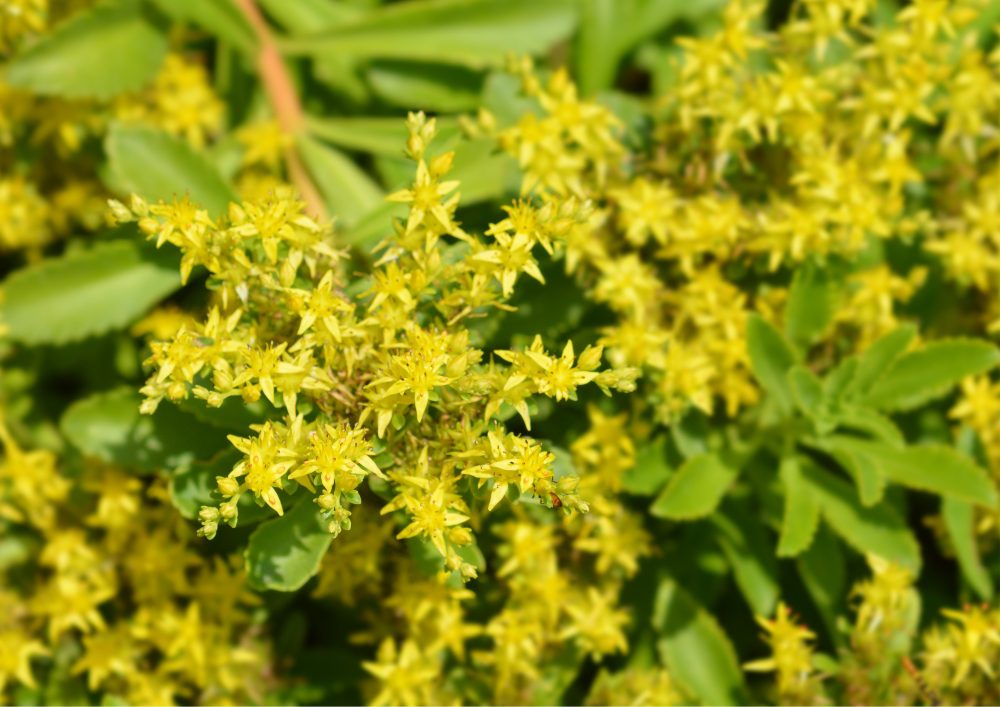
Stonecrop is a type of succulent. It’s perfect for dry gardens because it stores water in its leaves. It also has pretty star-shaped flowers that come in many colors.
Stonecrop is tough. It can grow in places other plants can’t, making them more versatile than others. But be careful. It can take over your garden if you don’t manage it well.
Give this plant plenty of sun. It is like soil that drains well. Don’t overwater it. It does better when the soil gets a bit dry.
Lantana
Lantana has flowers that come in many colors. It can withstand the heat and doesn’t need much water. That makes it perfect for a dry garden.
This plant draws butterflies to your garden. It also blooms for a long time. But it can spread too much if you don’t watch it. It’s also not good for pets to eat.
Plant it in a sunny spot. The soil should drain well. Once it grows, you won’t need to do much. A little pruning now and then helps it bloom more.
Coreopsis
Coreopsis is a cheerful plant. It has bright flowers and loves the sun. It’s a great fit for a dry garden.
This plant is easy to care for. It blooms for a long time, too. The downside is it can spread fast. You might need to cut it back so it doesn’t crowd other plants.
Put it in full sun. It can grow in poor soil, even if it’s sandy or rocky. You don’t need to water it much. If you remove the old blooms, new ones will come.
Daylily
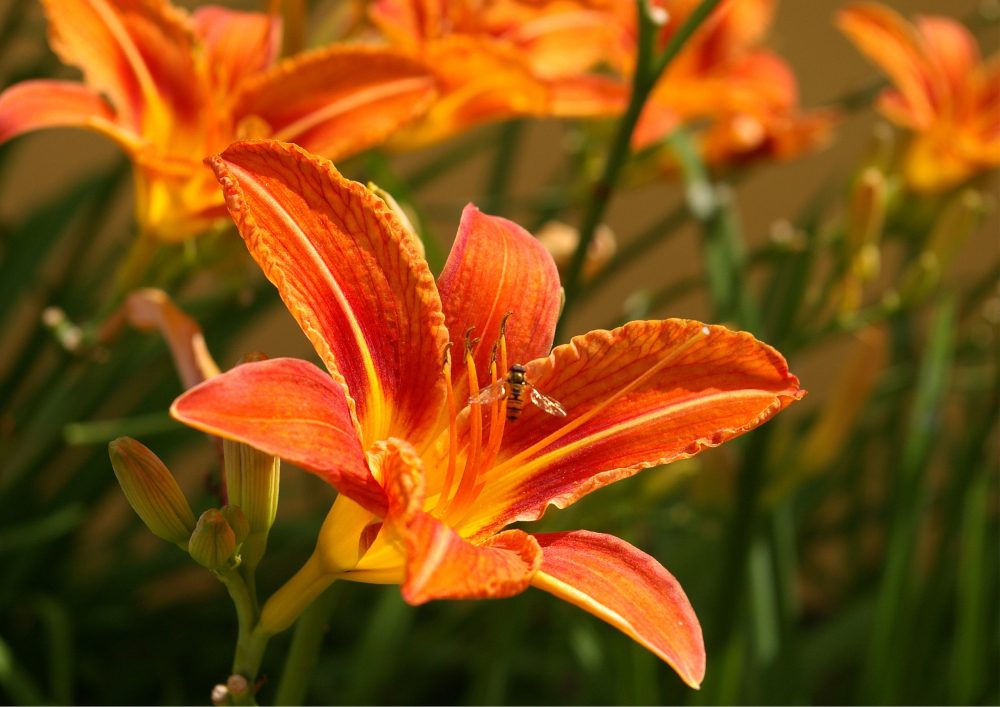
Daylilies are easy to grow and have big, bright flowers. Each flower only lasts a day, but new ones keep coming.
These plants are hardy and come in many colors. The downside is they can get crowded. You’ll need to divide them every few years.
Daylilies are not picky about soil. They like it a bit acidic and well-drained. They like full sun but can handle some shade. When it’s dry, give them some water, but not too much.
Blanket Flowers
First up, we have blanket flowers. These eye-catching plants light up your garden with their red and yellow blooms. Perfect for a xeriscaping garden, they don’t mind the dry soil.
These flowers are easy to care for and keep your garden colorful all summer. But they have a downside: they don’t live very long, usually only 3 to 4 years.
Full sun works best for these flowers. They aren’t picky about soil, but it should drain well. You don’t need to water them much, which saves water.
Artemisia
Next is Artemisia, a plant with silver or grey-green leaves. It smells strong and can survive without much water.
This plant is good for adding different colors and textures to your garden. Deer tend to stay away from it. But be careful—it can spread quickly and take over.
Plant artemisia, where it gets a lot of sun. Make sure the soil drains well. If the soil stays wet for too long, the roots might rot. Let the soil dry out between waterings.
Rosemary
Last but not least, let’s talk about rosemary. This plant does double duty. It’s a fragrant herb for cooking and a hardy plant for your xeriscaping garden.
Rosemary is good for more than cooking. It stays green all year and smells great. But as it gets older, the plant can get woody. If it gets really cold, you might have to protect it.
Rosemary likes a sunny spot with well-drained soil. Don’t water it too much. Wait until the soil is dry before watering again. You can also prune it to keep its shape.
Conclusion
Xeriscaping makes it possible to create a garden in a drought area. With little water going to your xeriscape plants, you can cut down on water bills, qualify for government rebate programs, and grow plants in strict states.
Get the week's most popular posts delivered to your inbox.
Our weekly update is free yet priceless and you're less than a minute away from getting the current edition.
In the unlikely event we disappoint, you can unsubscribe with a single click!





